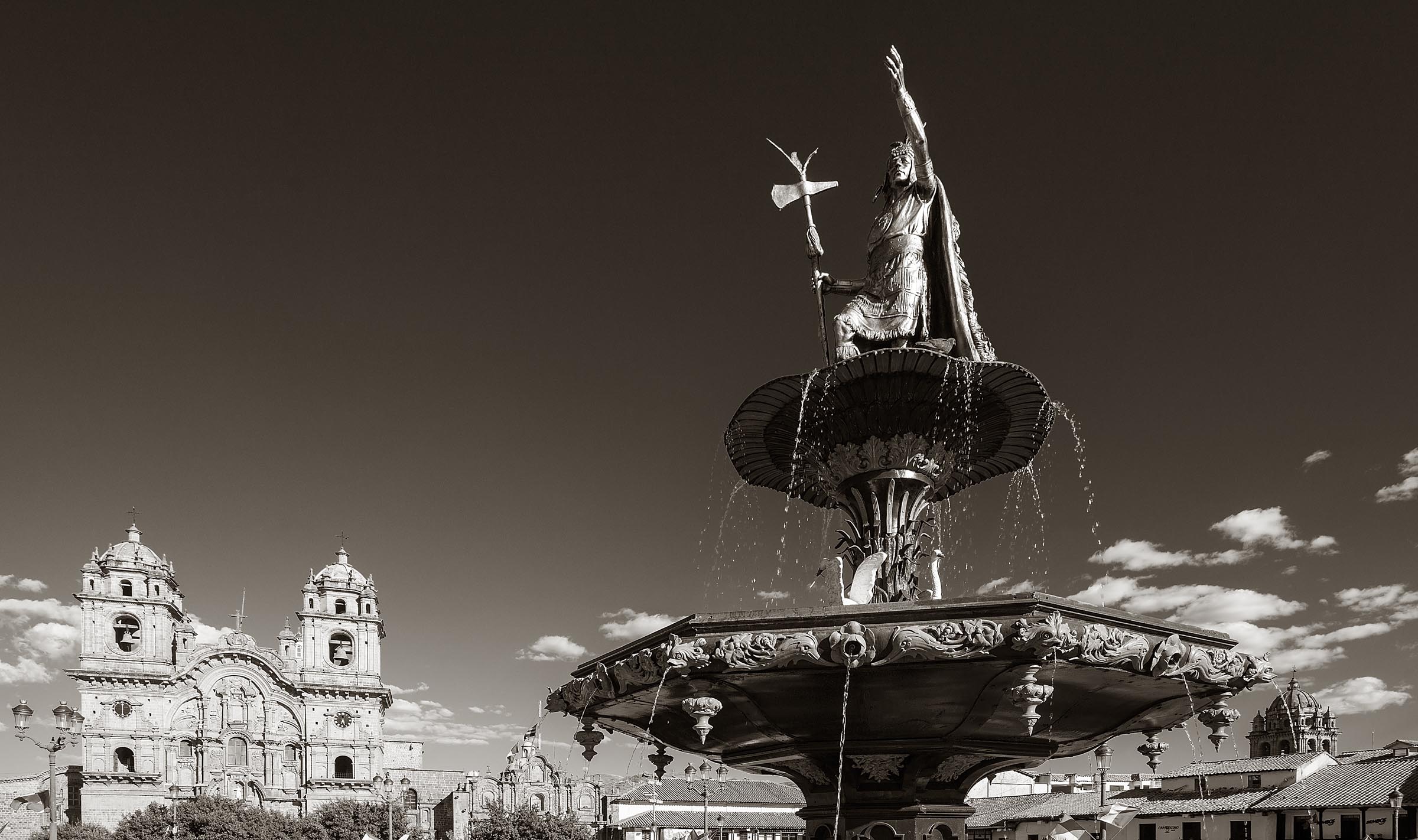
Fountain located in the square in the heart of Cusco, Peru
Walking in the Footsteps of Kings
Trekking along the Inca Trail
by David Hartung
It’s 4am and I’m sitting in the courtyard of my guesthouse waiting for the transportation to arrive that will take me and my fellow trekking companions to the start of the Inca Trail. We arrived in Cusco the day before so our bodies were nowhere near being acclimatized to the thin air of this high altitude city. Within minutes of our arrival I quickly realized that the four-day three-night trek would not be easy. I came to this realization after climbing just one flight of stairs. Getting to the top I found myself gasping for breath as if I had just run a 100-meter dash. I was beginning to worry that I had made a terrible mistake.
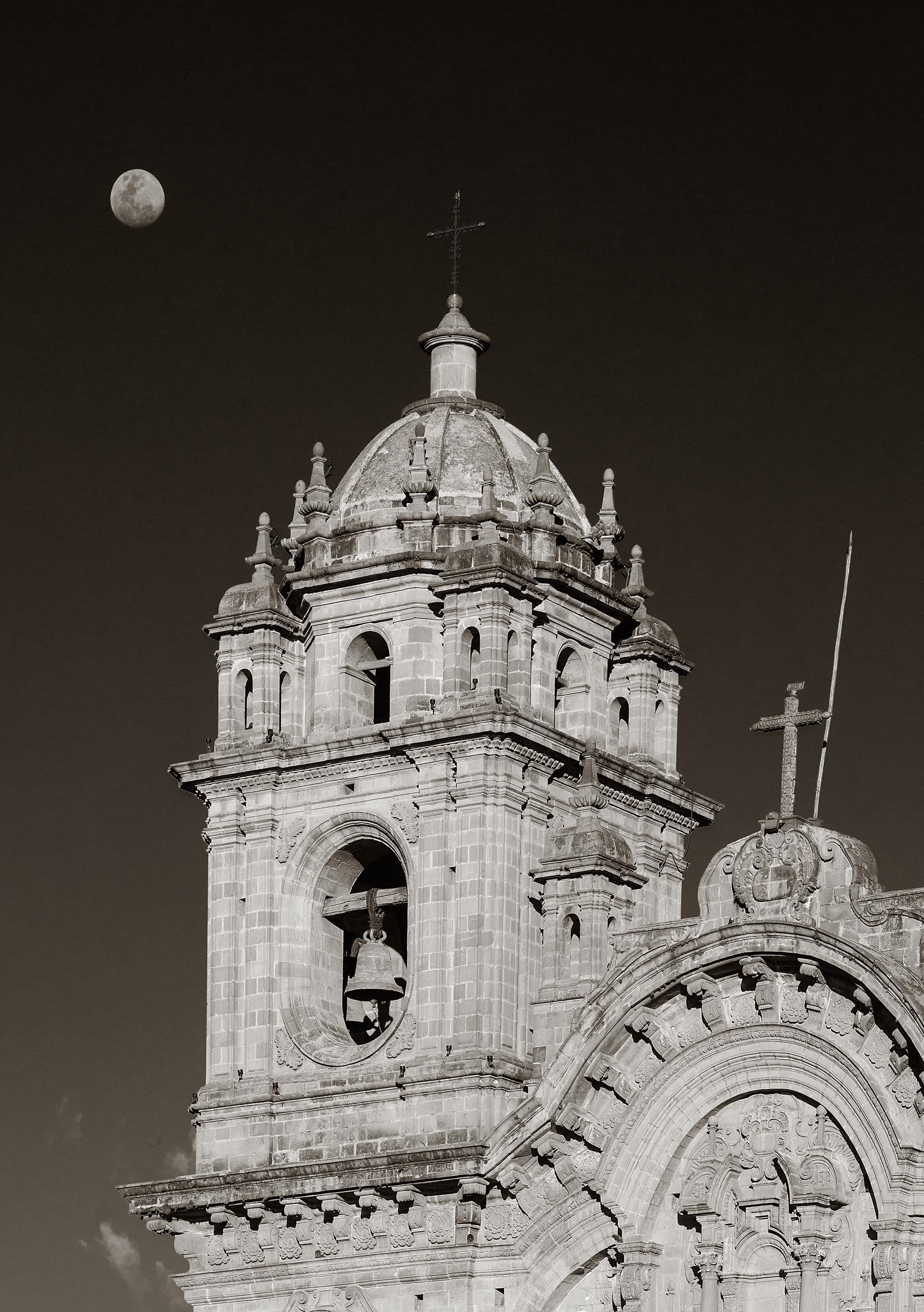
Cusco, Peru
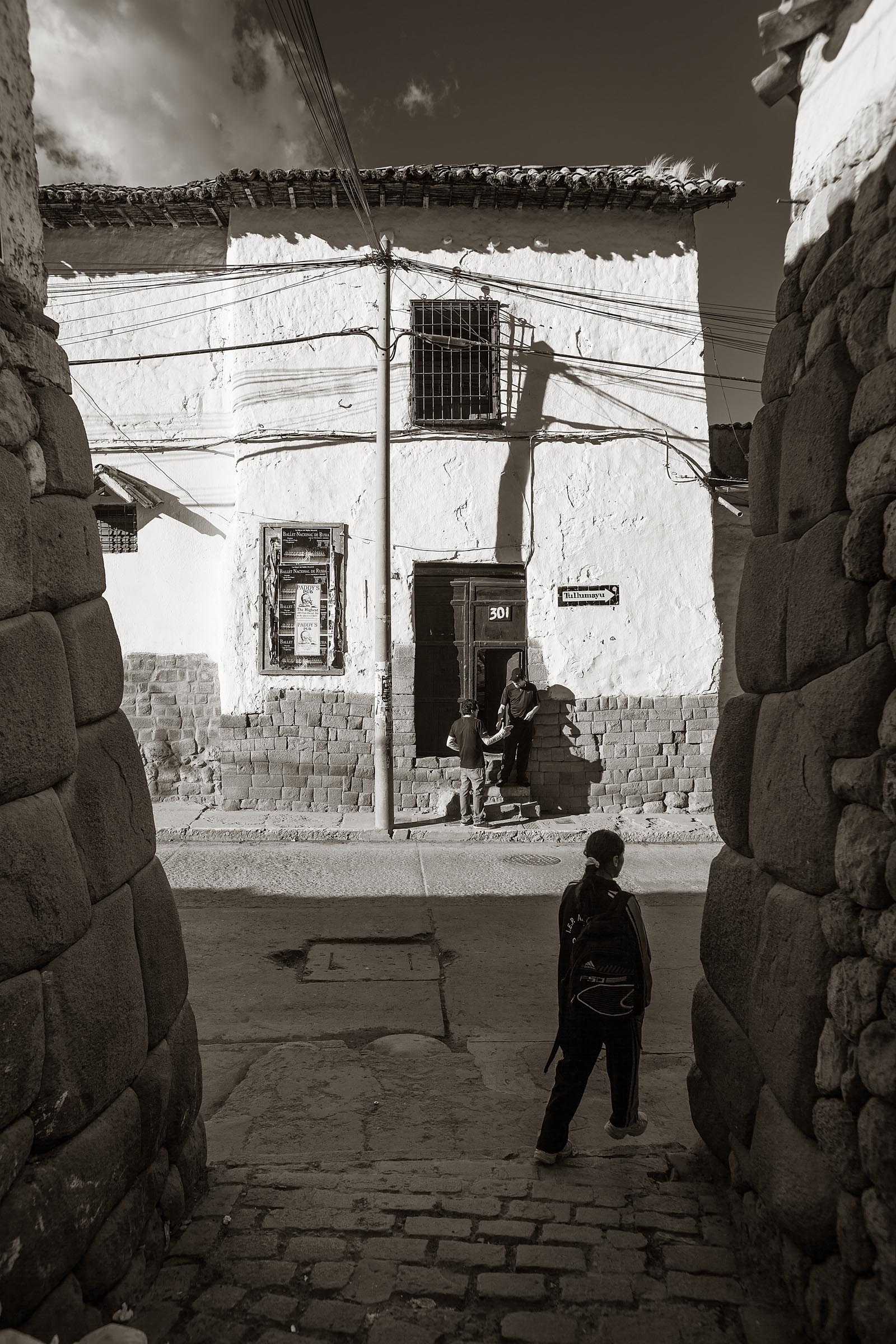
Street scene, Cusco, Peru
Fortunately the good people of the Andes have a cure for the horrible effects of high altitude trekking and that cure is called coca tea. Upon our arrival at our guesthouse we are immediately treated to a heaping mug of the traditional beverage and encouraged to drink as much as we could. “It’s not a drug!” we are told on numerous occasions so we drank. In addition to the tea it’s also common, and recommended, that you chew the leaves while trekking. The mild narcotic seems to aid the body in its adjustment to the thin air. And while I can honestly say that I felt no obvious effects from the consumption of this product I did feel that I was adjusting much quicker to the altitude.
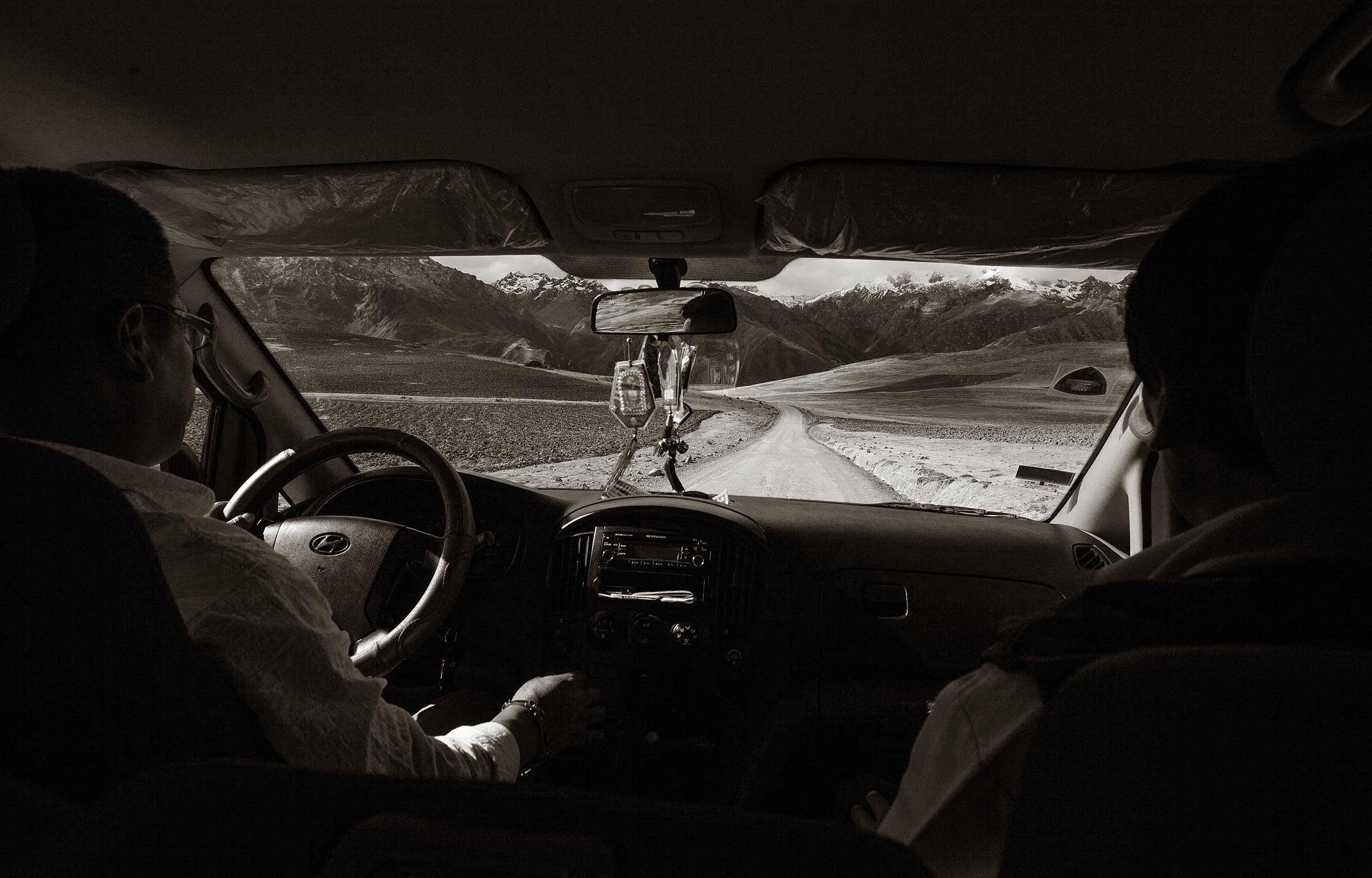
Joining me on this expedition were my wife, Eunyoung, my daughter, Annalee, 13, and our long time family friend, Olga. The journey we were about to embark upon is a 45-kilometer trek that was once mainly used by nobles and holy men during the rein of the Inca Empire. It begins in the Urubamba River Valley and quickly begins to ascend into the mountains. If all goes well we should arrive at Machu Picchu on the morning of our fourth day. With a pocket full of coca leaves I’m ready, and anxious, to get started.
After a few moments a van pulls up and our guide, Jaime, greets us with a big smile and instructs to pile into the vehicle. Already in the vehicle is our team of porters who will carry all the supplies we will need during the trek. In the dark we greet them with a happy Buenos Dias only to hear back a sleepy reply. The van then heads down the cobblestoned road and stops at another guesthouse where the three other members of our trekking group load into the vehicle. A few more sleepy morning greetings and we head out of town.
We drive in darkness, and in silence, for another two hours where we then arrive in the town Ollantaytambo where we have breakfast and load up on any last minute supplies. Annalee goes straight for a can of Pringles potato chips, Eunyoung grabs some biscuits and I buy three rain ponchos. Olga buys more coca leaves.
We are now ready to begin our trek. The hot breakfast and mugs of coffee picked up everyone’s spirits and we began to introduce ourselves to our three other trekking companions. They consist of a young couple, Rob and Philippa and Rob’s father, John. Ben and Philippa are nearing the end of a year long around the world backpacking adventure and John came to Peru to join them on this last leg of their trip. We all soon become fast friends.
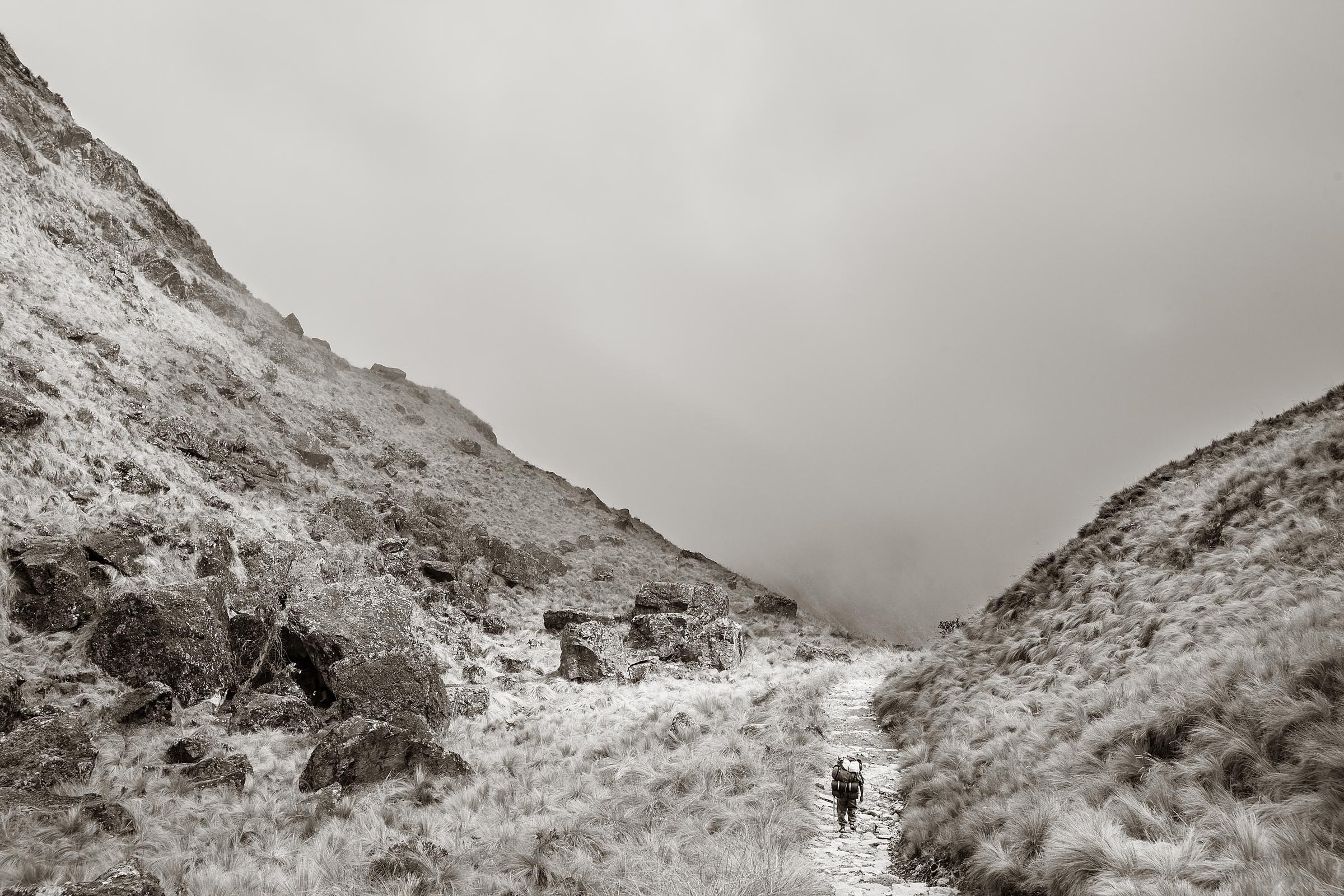
A porter makes his way along the Inca Trail. Carrying heavy loads teams of porters haul everything their clients will need to make the trek to Machu Picchu.
At the trail head we all huddled together for a group shot and then we began our accent. The trail out of the Urubamba River Valley was steady and steep. We were already at an elevation above 3200 meters and my body felt it. I was now thinking that I should have bought more coca leaves because the bag I had was surely not going to be enough. At a rest stop we chatted a bit and somebody mentioned the train to Machu Picchu. My daughter, feeling the pain of the first few hours of walking pipes up with great exasperation, “There’s a train!” She throws an evil glare in my direction and everyone laughs as we hit the trail again.
As the morning rolled on we found ourselves passing several ancient Incan ruin sites where Jaime would take the time to explain what each of them were. All along the Inca Trail were traces of this once mighty civilization. At its peak the Incan Empire stretched across Peru and Ecuador and into parts of Columbia and Argentina. An empire that came to a swift and abrupt end when in 1532 the Spaniard Francisco Pizarro, with fewer than two hundred conquistadors, managed to conquer and destroy this advanced civilization. This story was told on more than one occasion during our trek and with great sadness and despair. I was glad not to be Spanish.
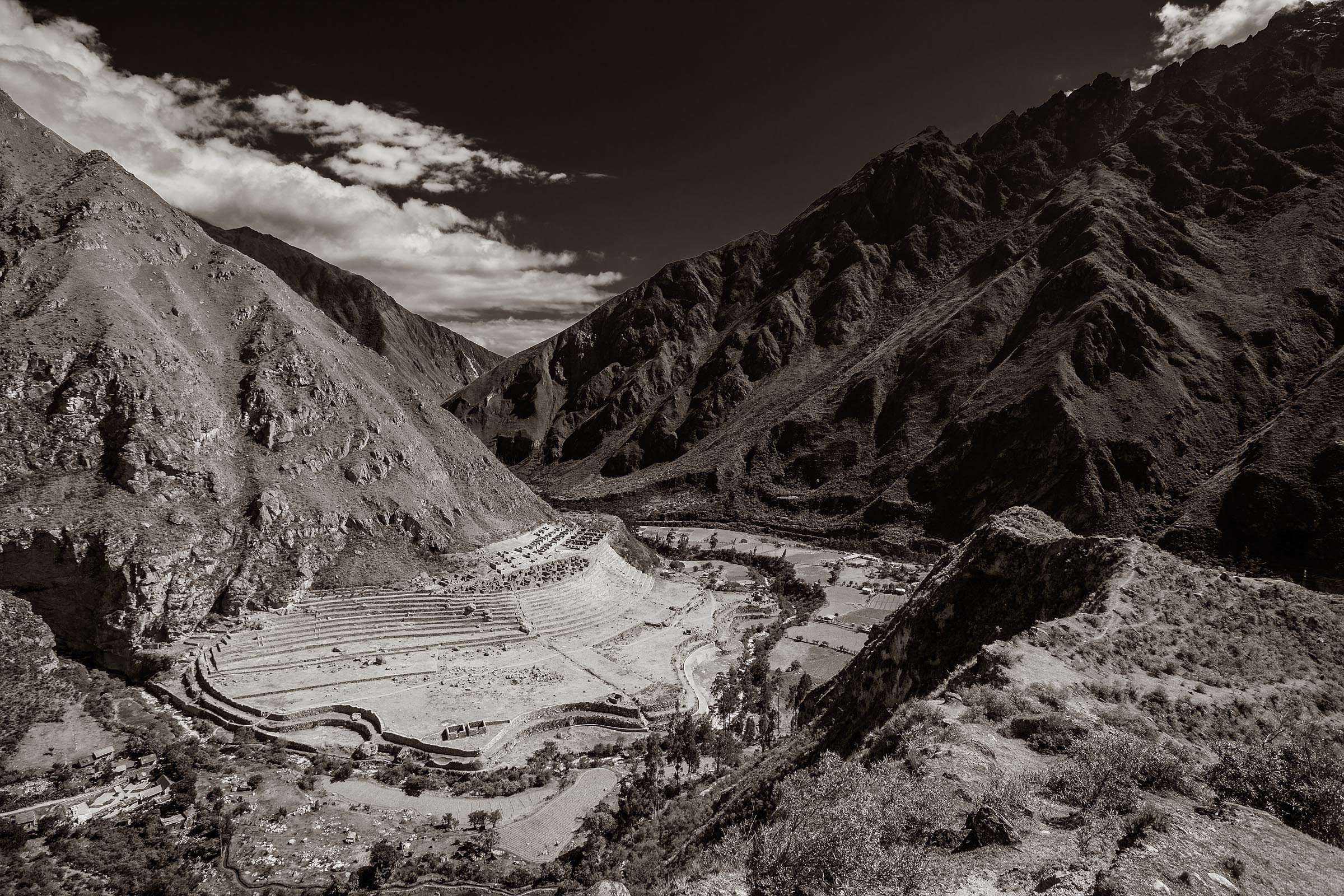
A view from the Inca Trail of a set of ancient Inca ruins discovered in a corner of this valley.
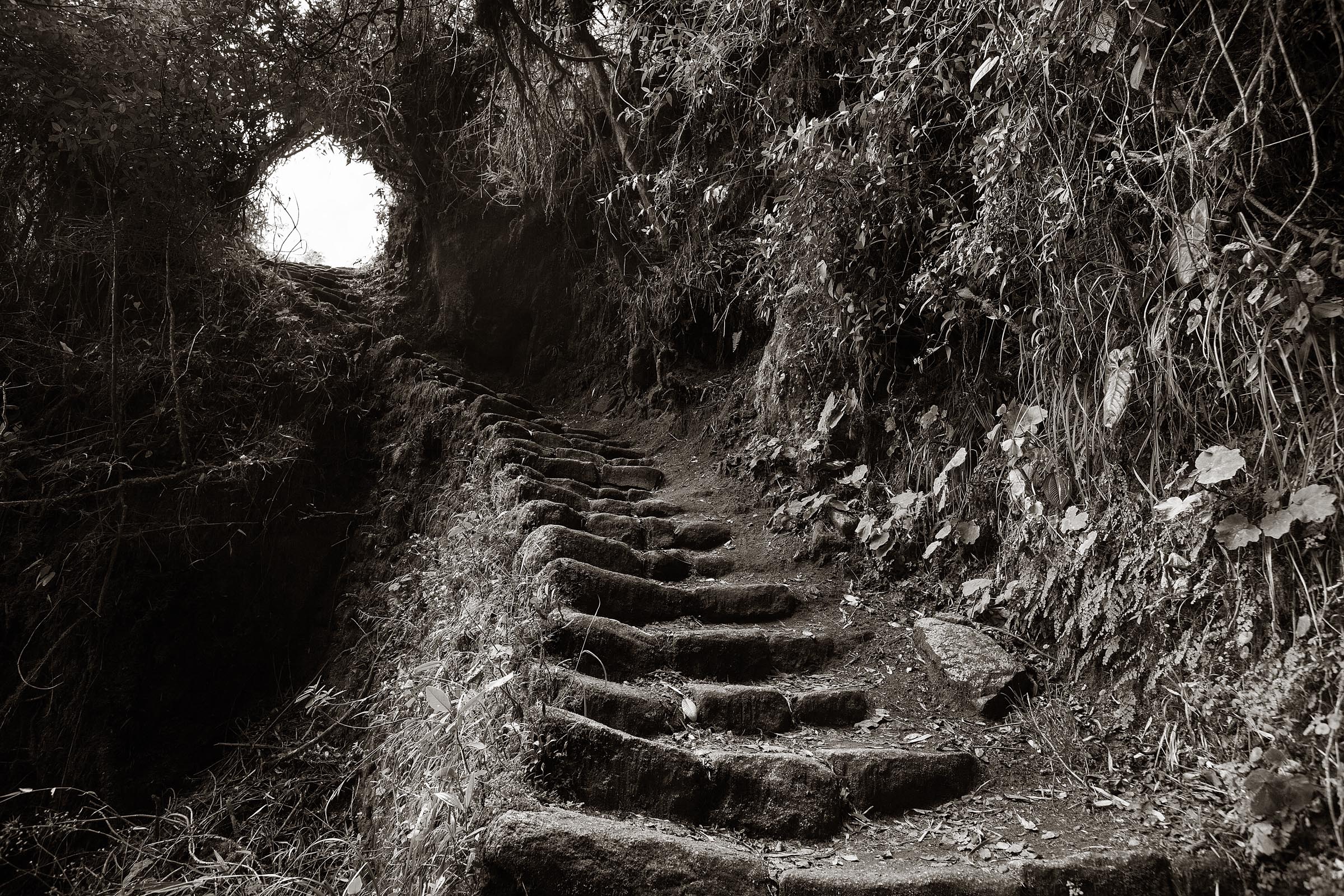
Gringo killing steps.
By the end of the first day I was beat. We climbed what felt like a million stairs and were now at an elevation of nearly 4,200 meters. I determined that if there were a stairway to heaven I just wouldn’t attempt it. The upside to that long day of hiking was the amazing meal our camp cook and porters put together for us. Fried chicken, stuffed avocados, fresh vegetables and rice all laid out before us. I could hardly believe my eyes as I was expecting something quite basic. For each of our meals it felt like the chef was trying to outdo his last creating delicacies I’d hardly expect to find anywhere let alone on top of a mountain.
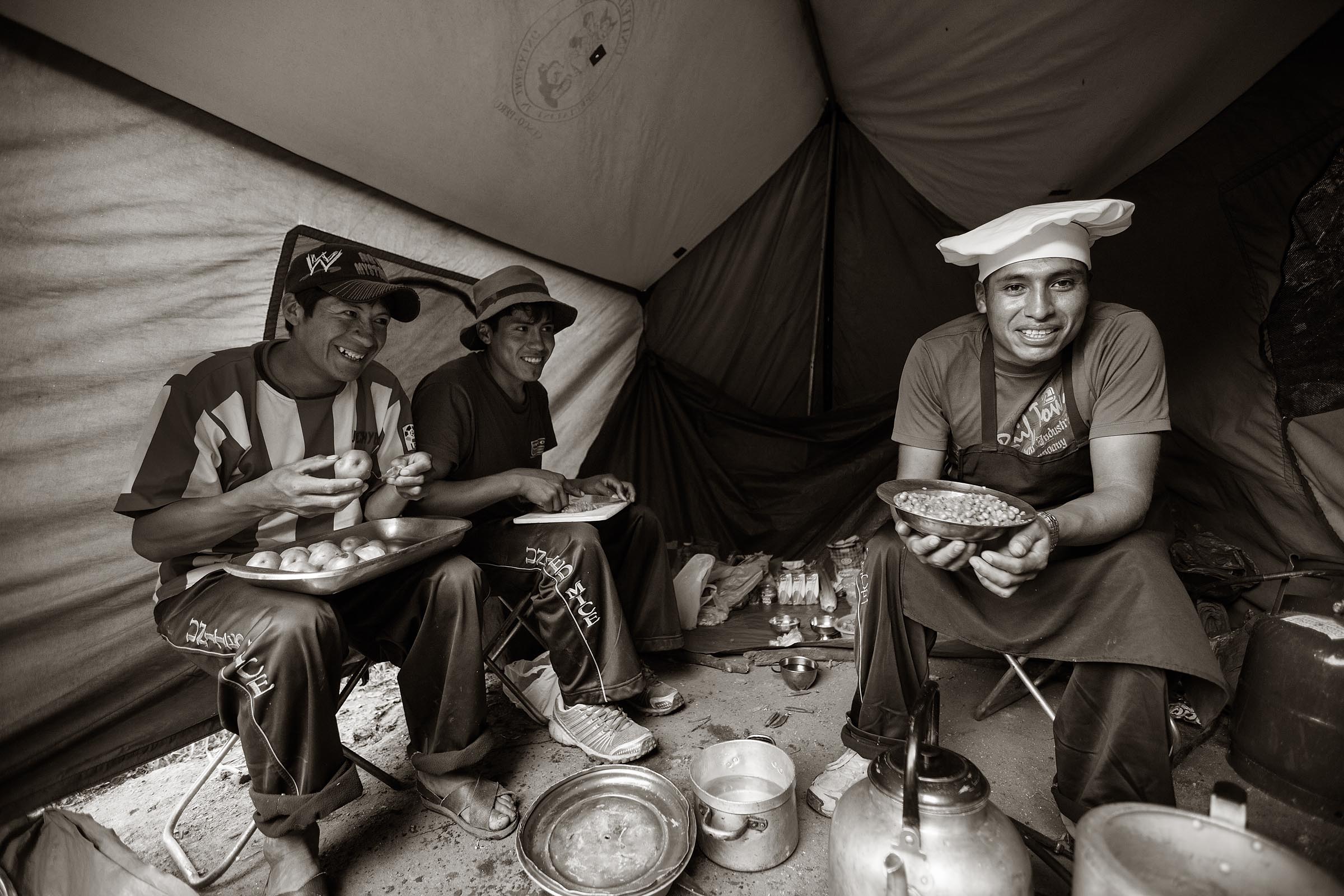
Portrait of a camp chef as he prepares the evening meal.
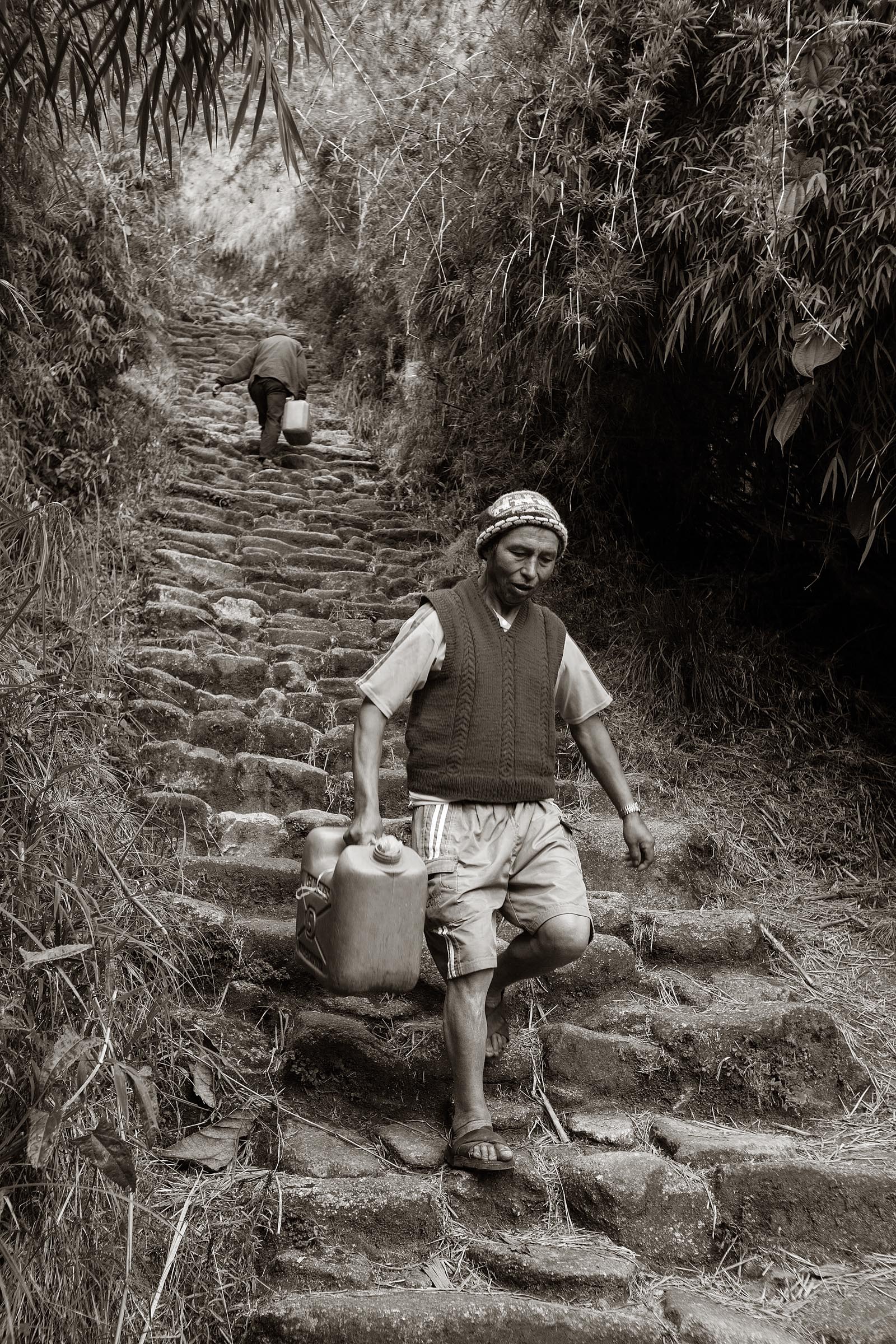
Porters going to and from a water supply at the Phuyupatamarca ruins.
This first night on the mountain was a cold with the temperature dropping down below zero. Fortunately we had good sleeping bags and despite the discomfort of sleeping on the hard ground we were warm. At 6am we received a gentle tap on our tents and when I poked my head out there was our cheerful guide, Jaime, with a tray of cups and a thermos of hot water.
Jaime greeted me with a big “Good morning my friend! Would you like coffee, hot chocolate or tea?” Wow, I thought, not even my wife has ever delivered coffee in bed to me. This was a luxury I could get use to.
Keeping snug and warm was, unfortunately, not something our new friend, Ben, had enjoyed during that first night. The poor guy had a very thin bag and not a lot of heavy clothes to keep him warm. He had a restless night and didn’t look like a happy camper in the morning. My own body seemed fine with the exception of the two lead pipes that seemed to have replaced what use to be my legs. The cure of course was a hand full of aspirin followed by a coca tea chaser. I was good to go.
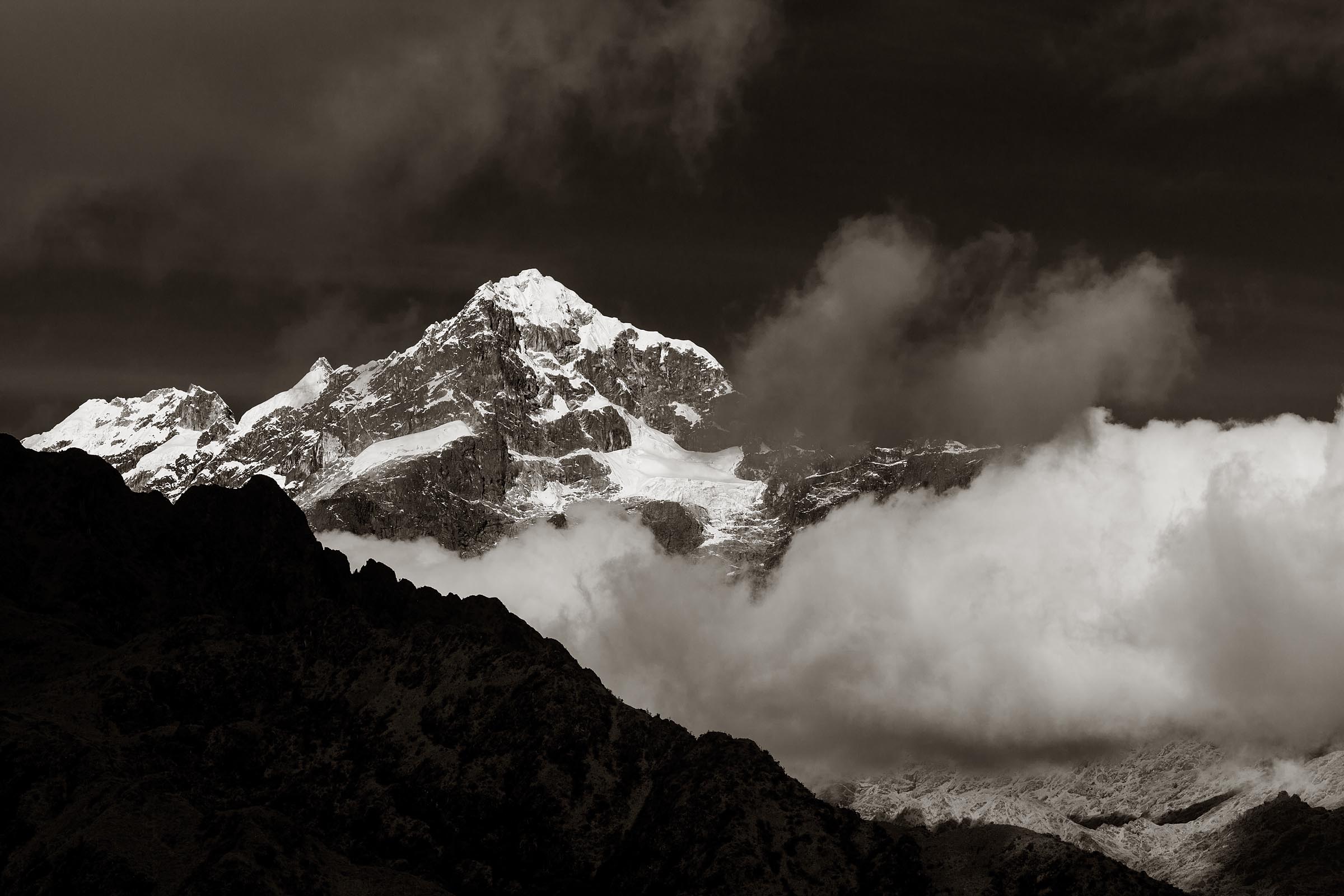
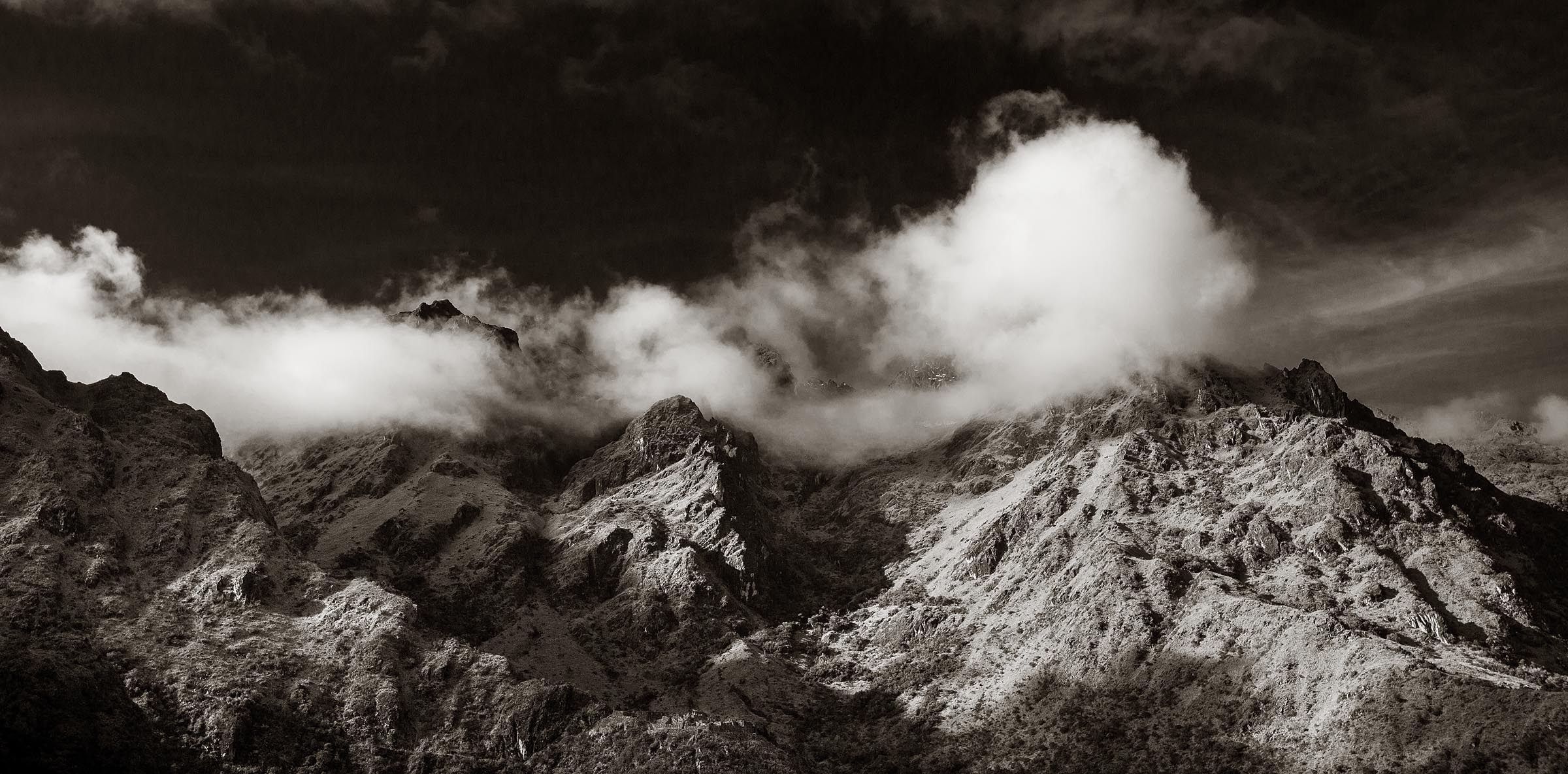
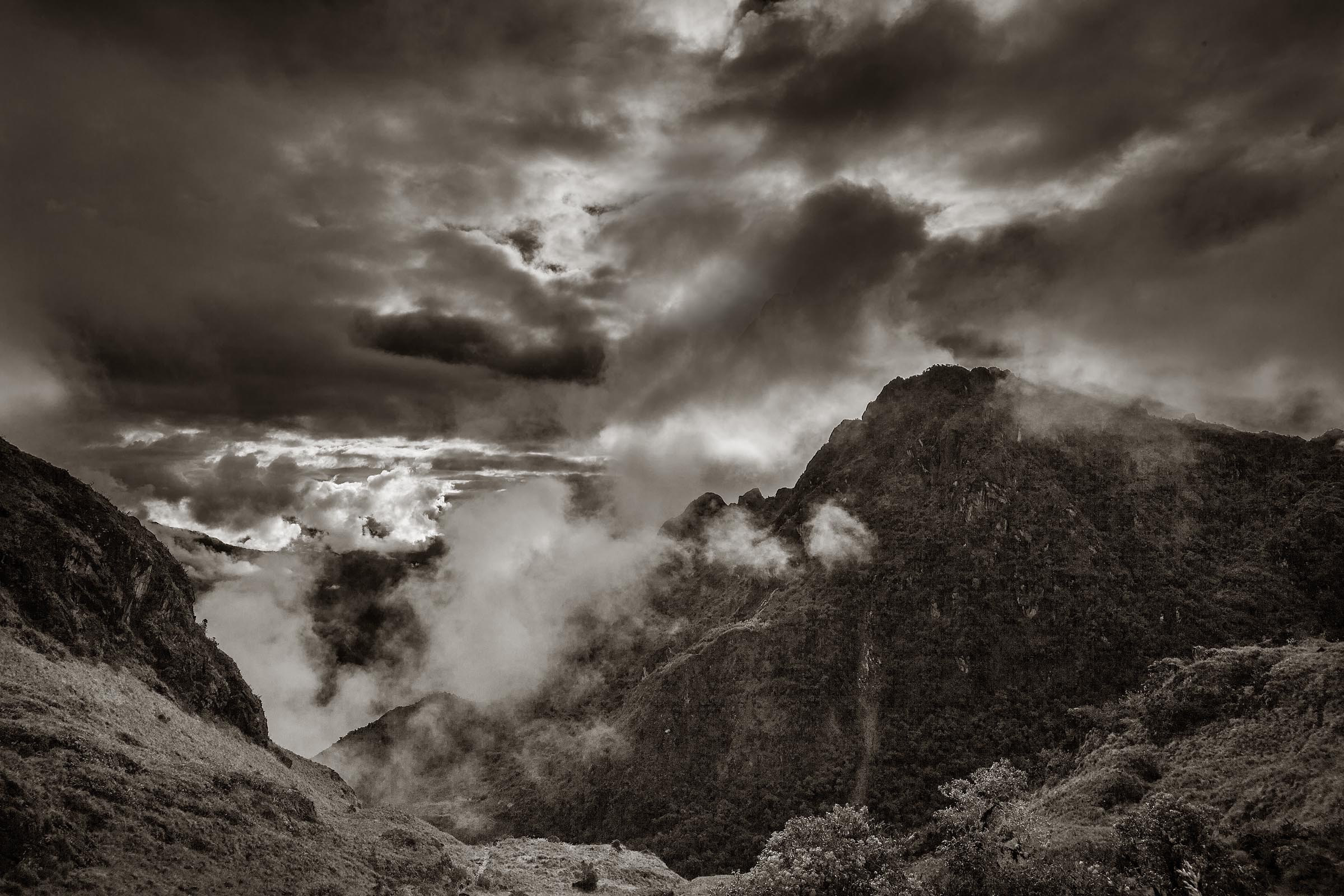
Despite the varied sorts of physical pain that each of us were experiencing we were all in good spirits. We were walking through some of the most beautiful, relatively unspoiled terrain I’ve ever seen. With each passing hour we would find ourselves in a different microclimate depending on the altitude and the particular side of the mountain we were walking along. One can experience an arid desert-like environment to a misty rain forest to a subtropical paradise all within a relatively short span of trail.
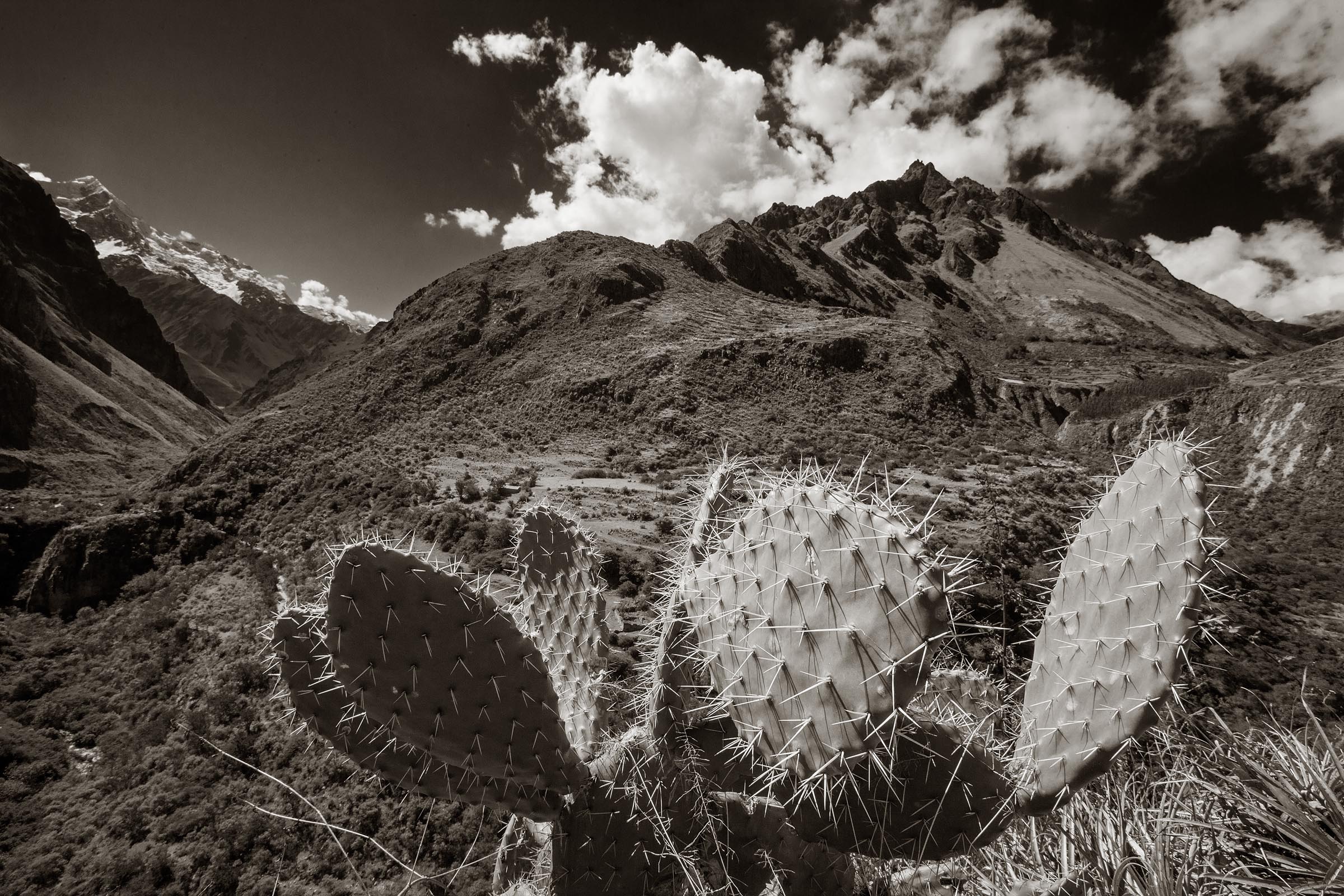
The terrain and climate along this 45 kilometer portion of the Inca Trail changes dramatically and quickly. At the lower elevations the climate is more arid providing the right environment for desert plants such as this cactus.
With each passing day we found that no moment was like the last. New sites and terrain laid before us at every turn. And with each step I couldn’t help but be amazed and impressed at the workmanship and dedication that went into the building of this trail. These stones that I was walking on had been laid hundreds of years before my arrival and they were still in near perfect arrangement. At some points along the trail stairs had been cut out of the sheer rock. Now smooth from the years of weather and humans walking over them but still in good shape.
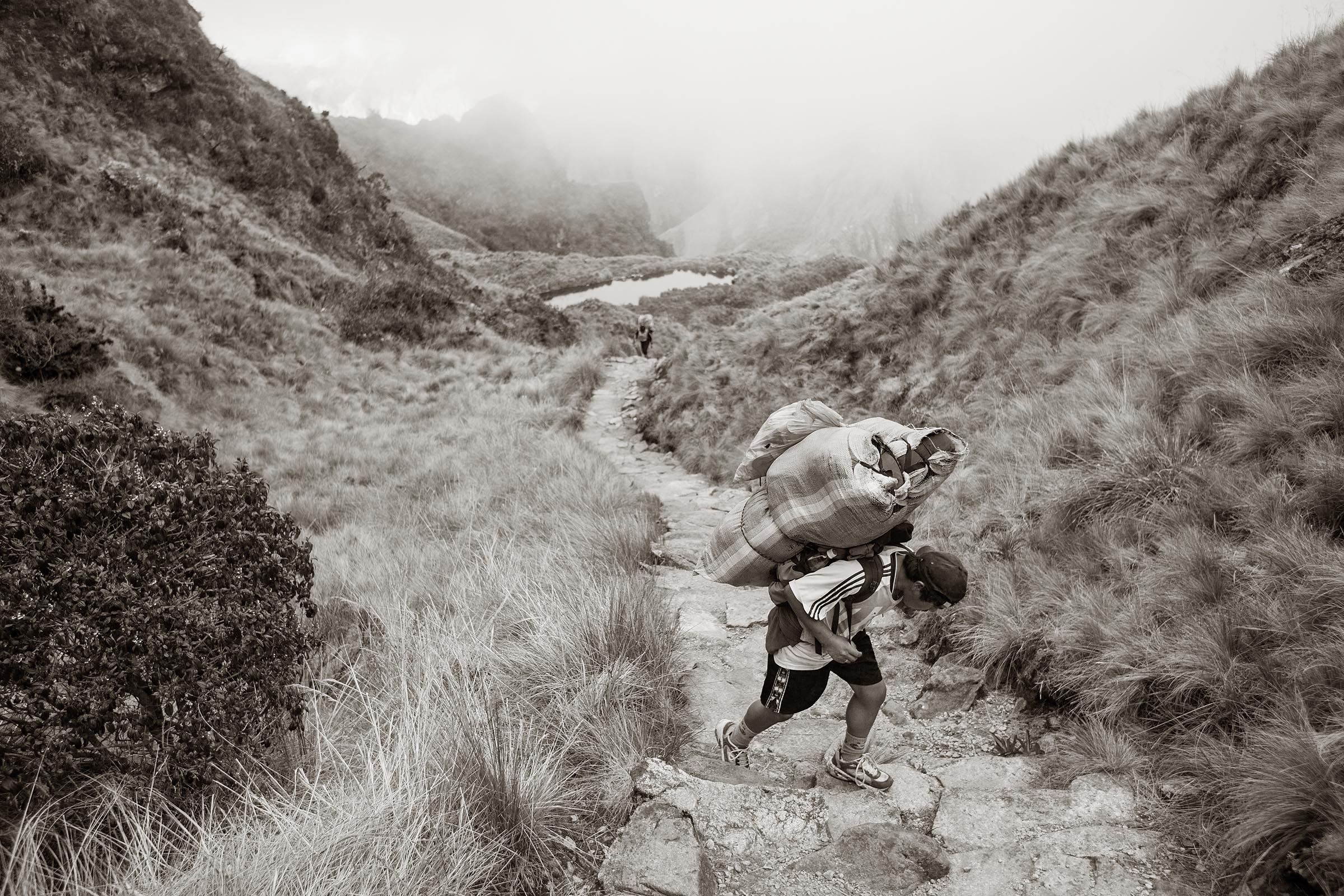
A porter approaches the Runkuracay Pass along the Inca Trail. The pass is the second highest point along the trail with an altitude of 3950 meters above sea level. Carrying heavy loads teams of porters haul everything their clients will need to make the trek to Machu Picchu.
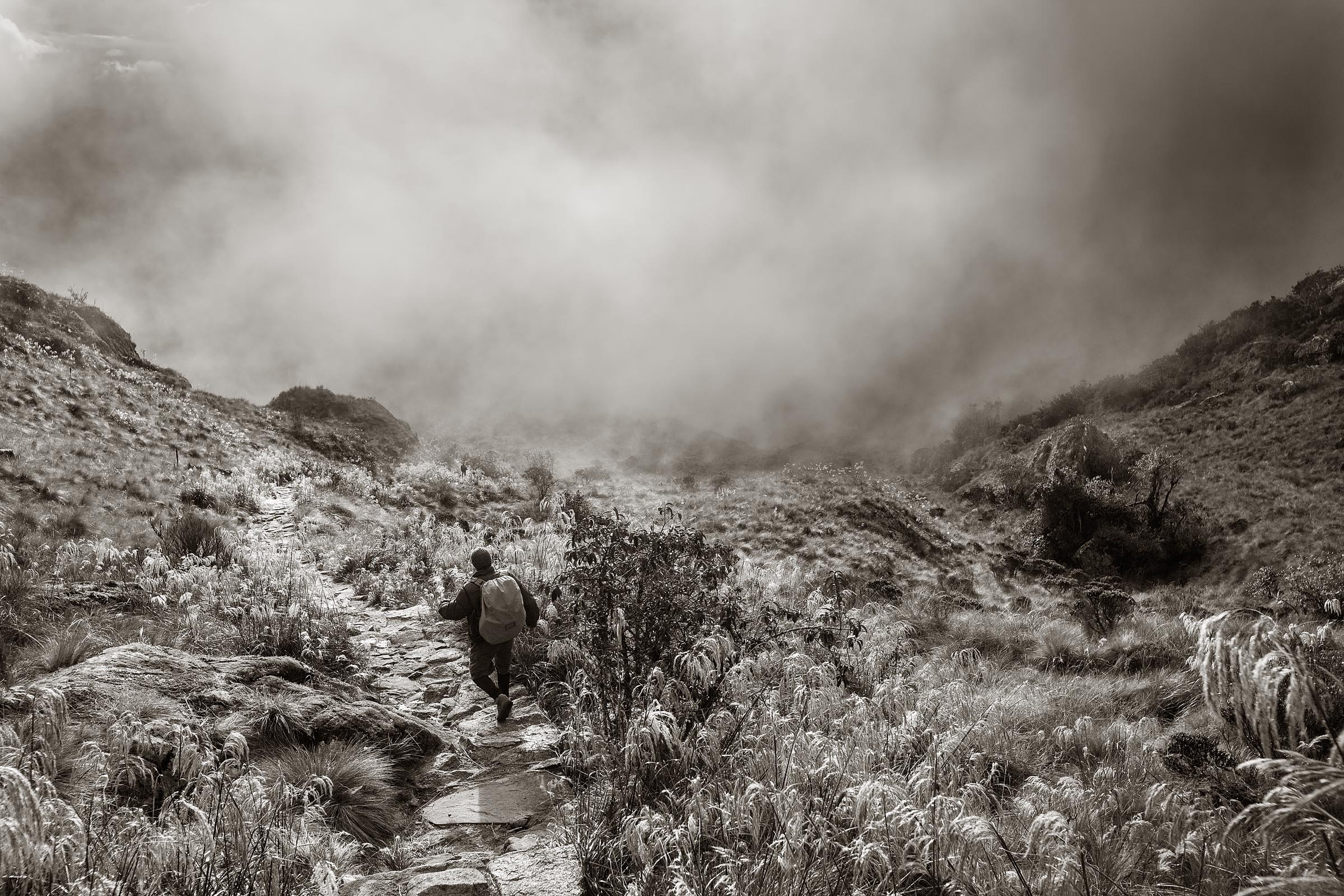
Descending from the Runkuracay Pass the climate becomes more humid and damp producing more lush vegetation.
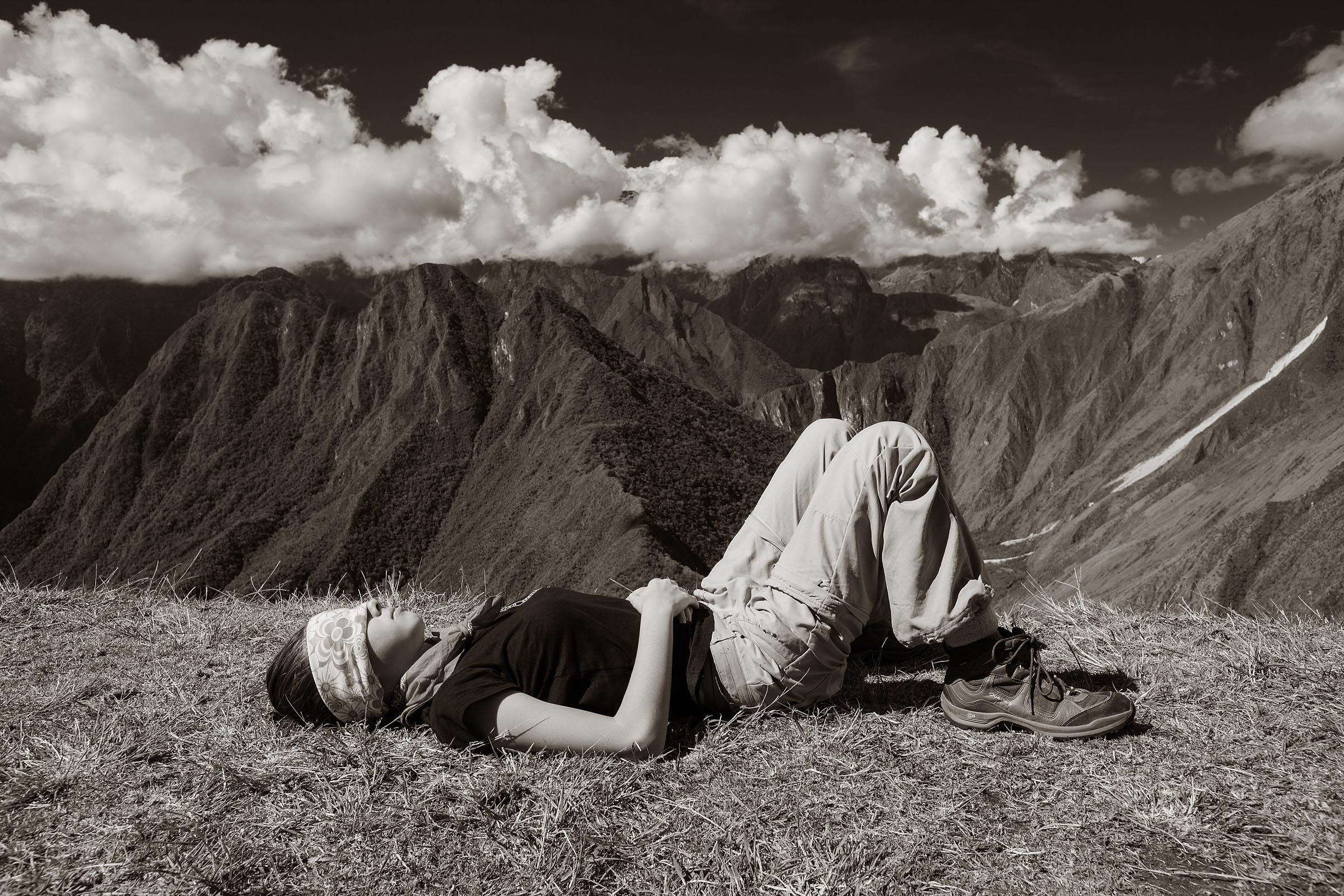
The trail is not difficult and the distances are not great but the combination of high altitude and what seems to be an infinite number of stairs tends to tire those who are use to transportation being a bit less physical.
On the afternoon of our third day we arrived at our last camp located at an area called Wiñay Wayna, which means forever young. This is actually the name of a set of ruins just a few minutes walk from our campsite. The ruins consist of a set of stone structures located on a hillside with terraces supported by stone walls. The scene looked magical and surreal. So much so that I decided I would return in the evening to do a moonlit exposure of the ancient village. Much to my surprise everyone in my group wanted to join in this activity so after dinner we all hiked back to a spot overlooking the ruins and I set up my little tripod and prepared to make a photograph. The only problem was that a huge thundercloud was blocking my full moon from casting its glow upon Wiñay Wayna. We all waited patiently until on opening occurred and I opened the shutter. Eight minutes later I closed the shutter and shared the visual results with my companions who were all amazed at the amount of detail the digital camera was able to capture. We then all went back to our camp to prepare for our early morning assault on Machu Picchu.
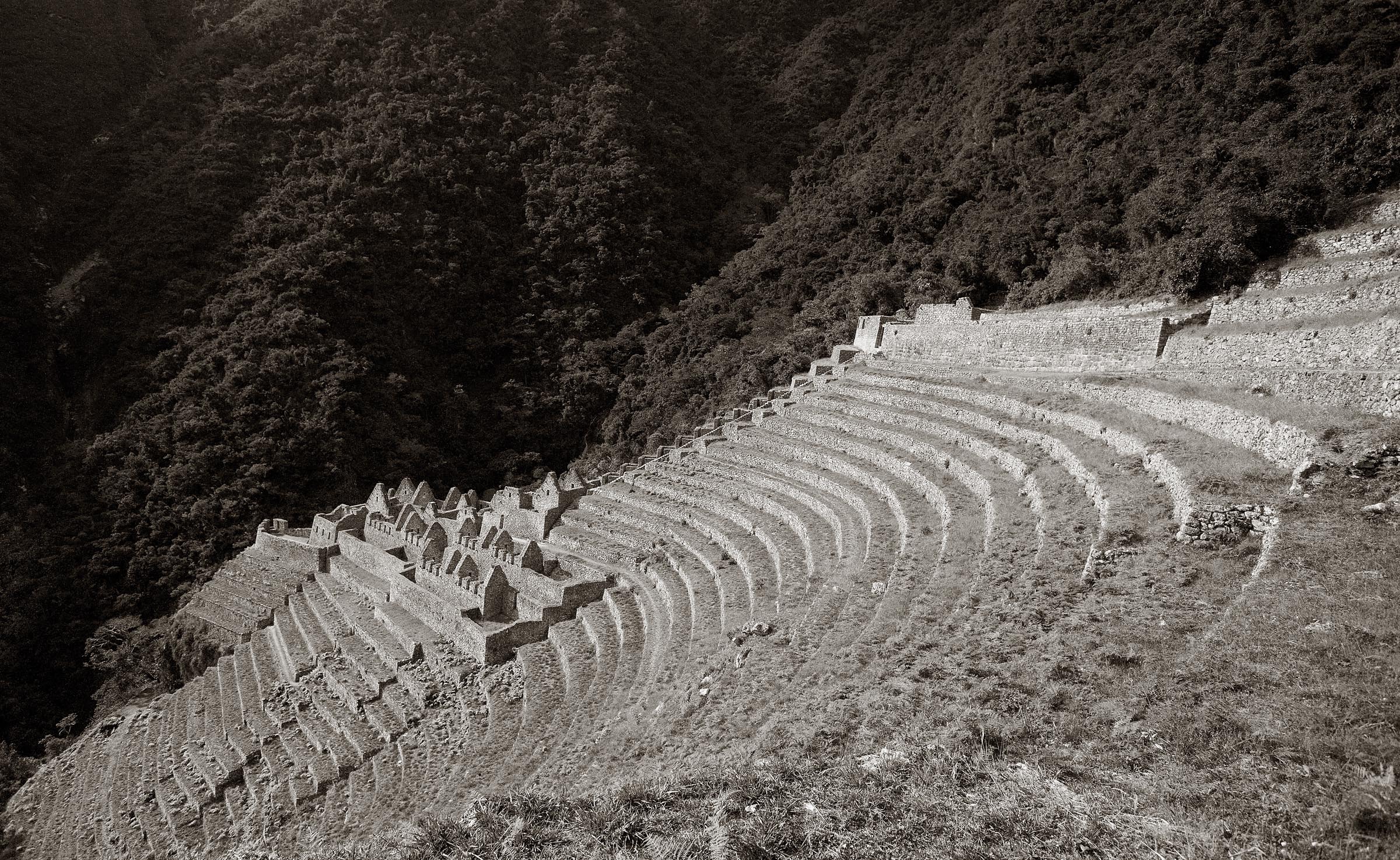
A moonlit timed exposure of the archaeological site of Wiñaywayna.
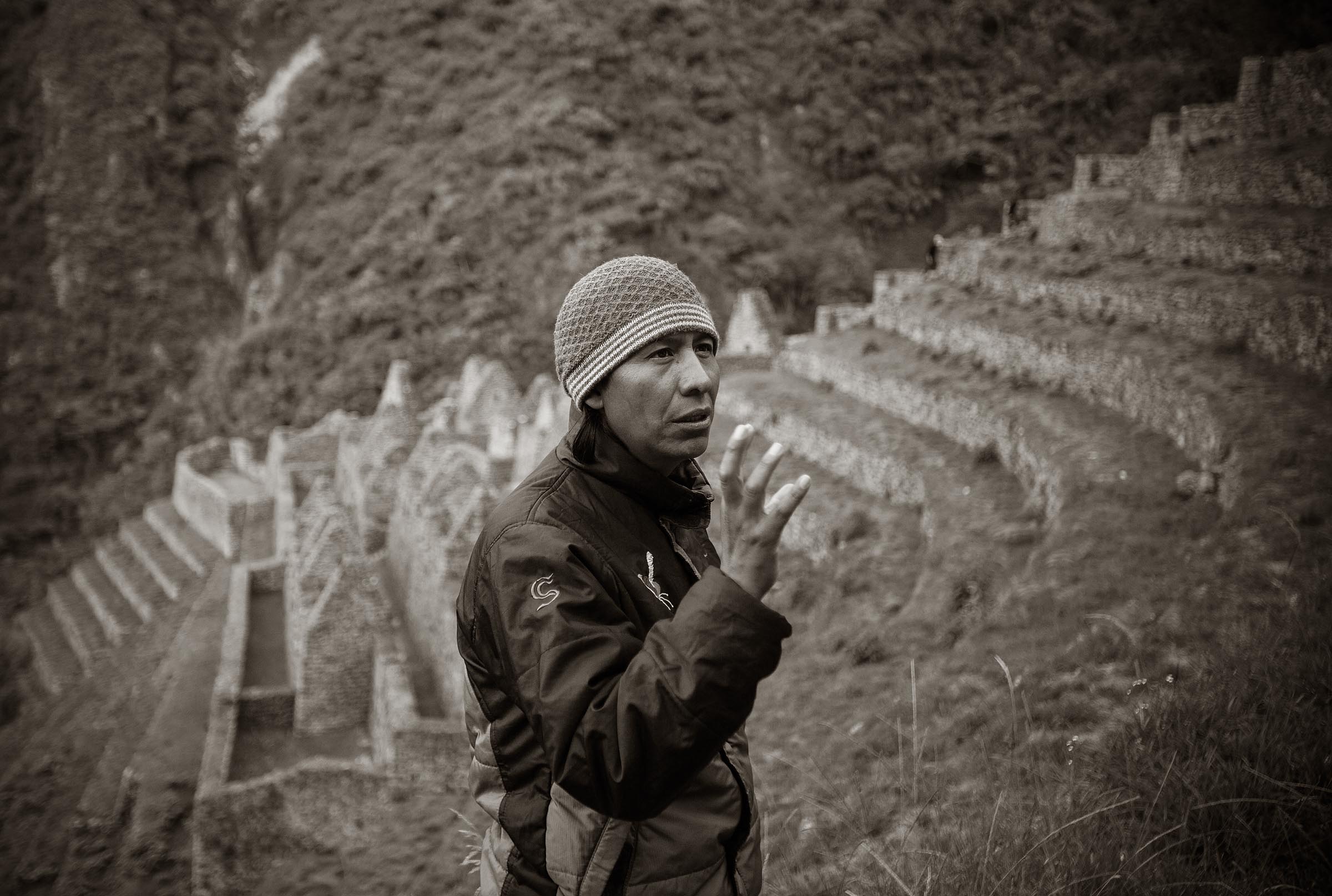
Our guide and leader, Jaime, never tired of explaining many facts about the Inca Empire.
Wiñay Wayna is the last camp for everyone trekking along this section of the Inca Trail. During our three-day walk we would pass or be passed by any number of trekkers. That number however was never more than 500 as that’s the maximum number aloud to begin the Inca Trail each day. So during the trek there are various spots where these groups can make camp. With each group on basically the same schedule it’s not until the final night that we all find ourselves at the same camp. Remarkably the campsite is relatively clean and in good condition considering the numbers that come through it on a daily basis. That said it was my least favorite campsite with the exemption of being able to see the Wiñay Wayna Ruins.
The goal on this final morning was to reach the Sun Gate, which rests at the top of a pass above the ancient city of Machu Picchu. To achieve this we would need to wake up at 4am, back our bags, have a light breakfast and then queue, with the other hundreds of trekkers, at a checkpoint, which was scheduled to open at 5:20am. Everyone was anxious to get going as we stood in the dark waiting for the park officials to begin the process. Finally the gates opened and the line began to move. We were off!
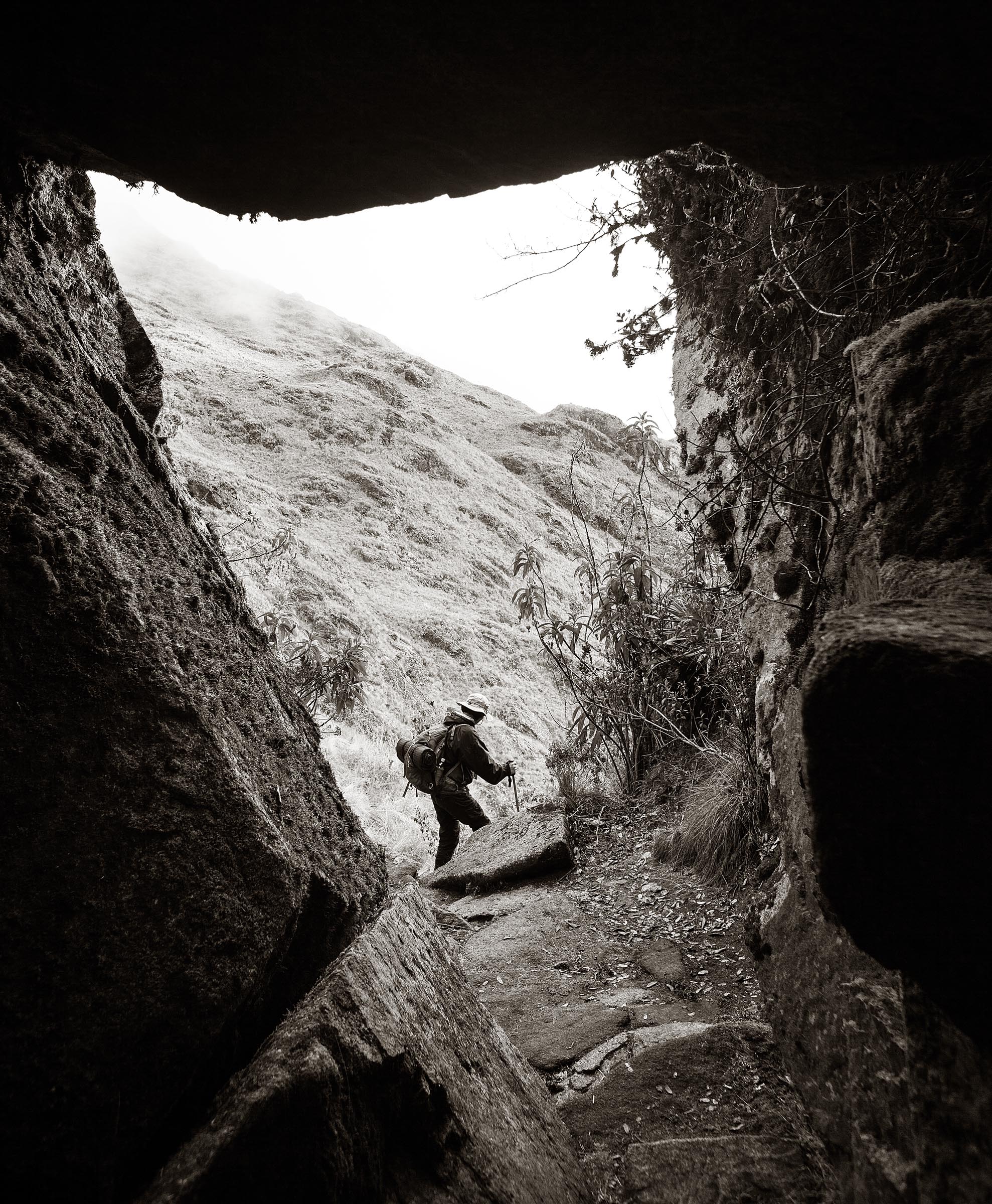
After passing the checkpoint we moved swiftly along the trail. No one wanted to be late and miss the sunrise. As if the trip would have all been for not if you arrived five minutes late. I, too, wanted to get there in time for the sunrise but as I walked along this stretch of trail in the early morning light I felt some disappointment that I couldn’t really see the terrain around me. In the dimness of the morning light I could see that it must be really beautiful with some dramatic views of the valley below us.
This section of trail was also one of the least strenuous of the journey with the exception of one nearly vertical set of stone stairs that Annalee scampered up like a baby lama. She had had enough of this tortuous trail and wanted to get to the top to see what all this fuss was about.
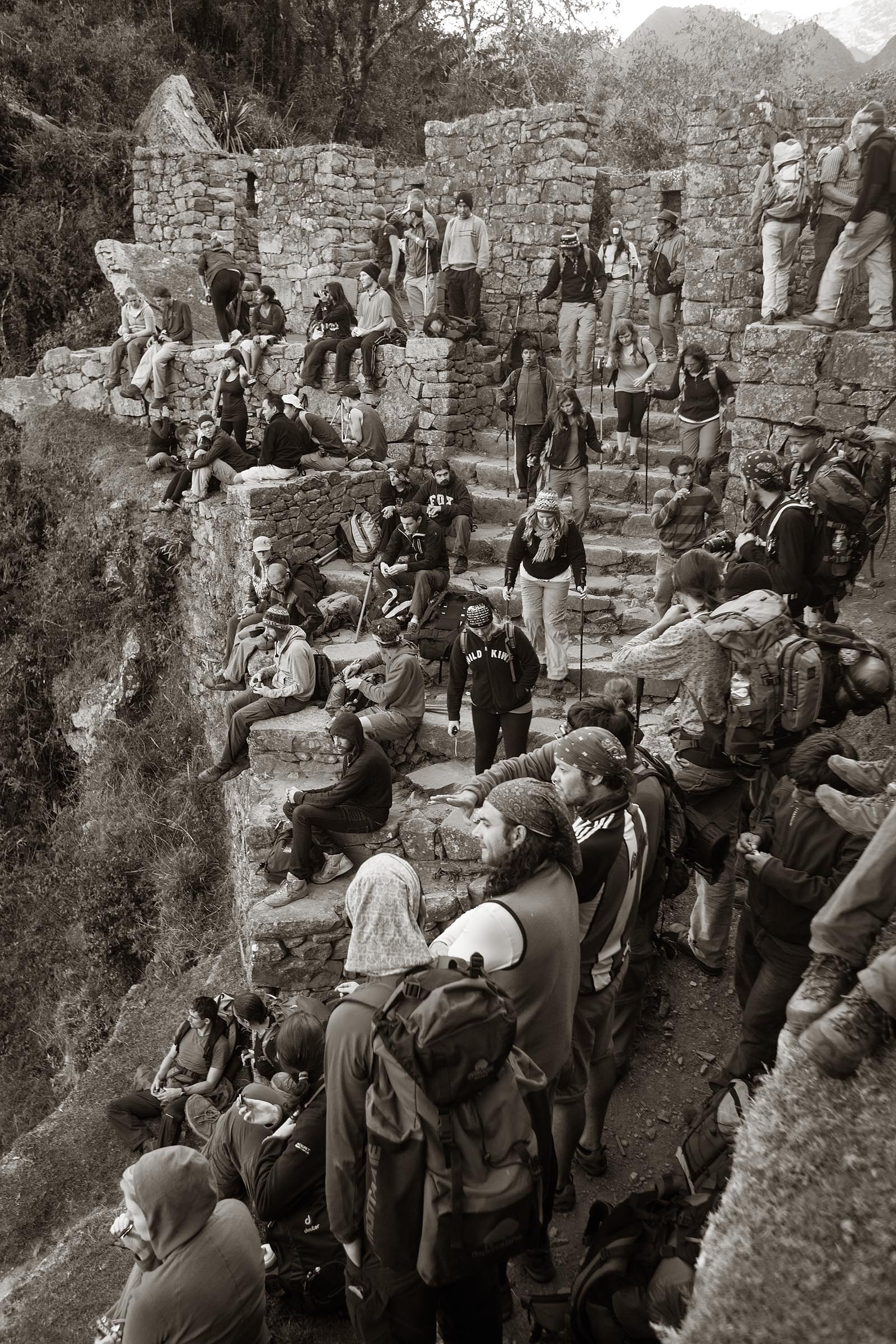
Trekkers emerge through the Sun Gate to get their first view of the ancient city of Machu Picchu.
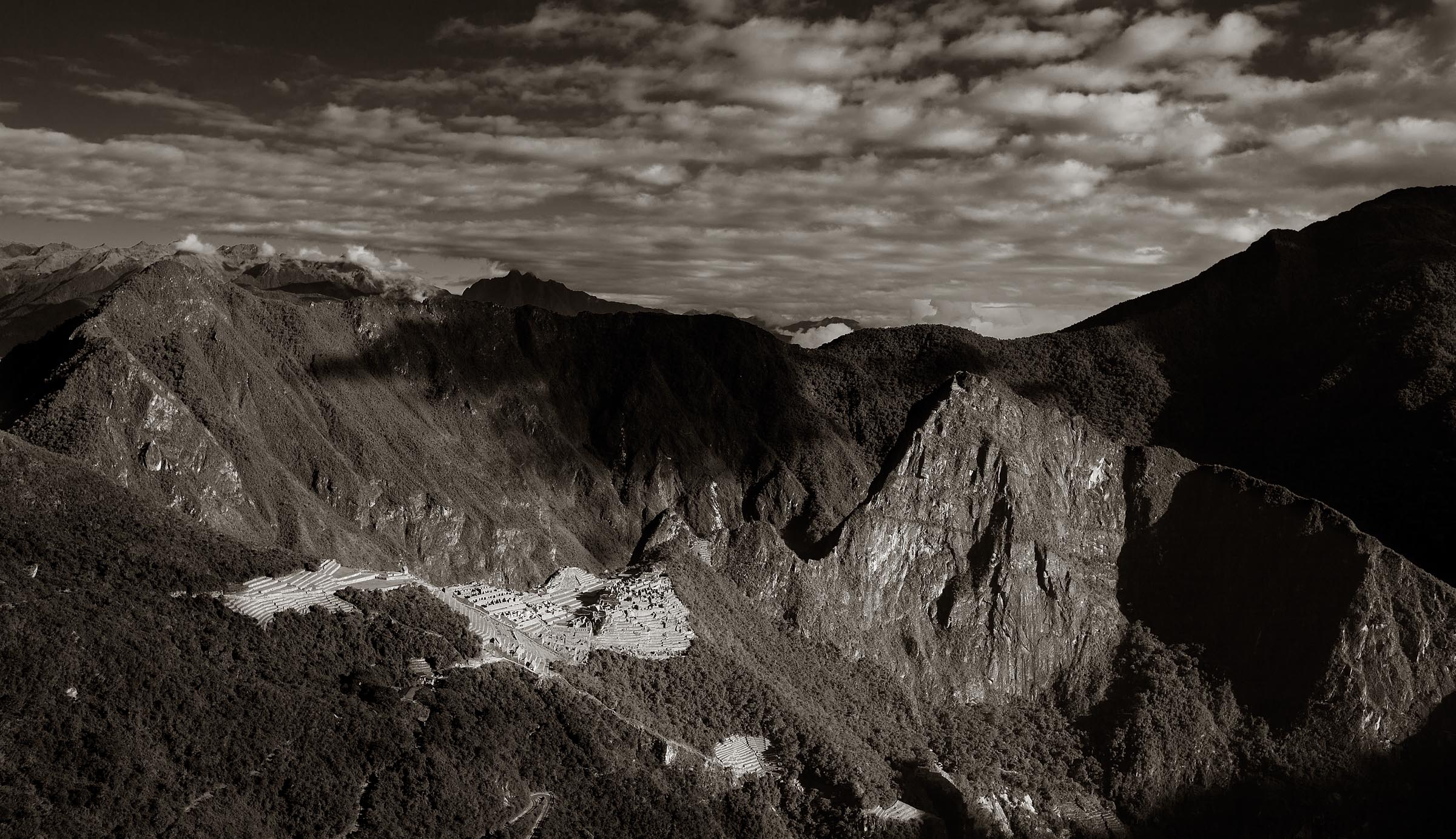
A sunrise view of the ancient Incan city of Machu Picchu.
As I emerged through the Sun Gate and saw Machu Picchu for the first time I felt excited but also a bit sad for my trek was nearly over. The Inca Trail is one of those occasions where the journey is perhaps more fun and interesting than the actual destination. By approaching it along this historic and ancient trail that was once traveled by Inca Kings and experiencing all the various terrain and microclimates, in addition to the wealth of knowledge we gained from our experienced guide, as well as the joy of making new friends, is an experience I will never forget.
However, I’m guessing Annalee would still have preferred the train.
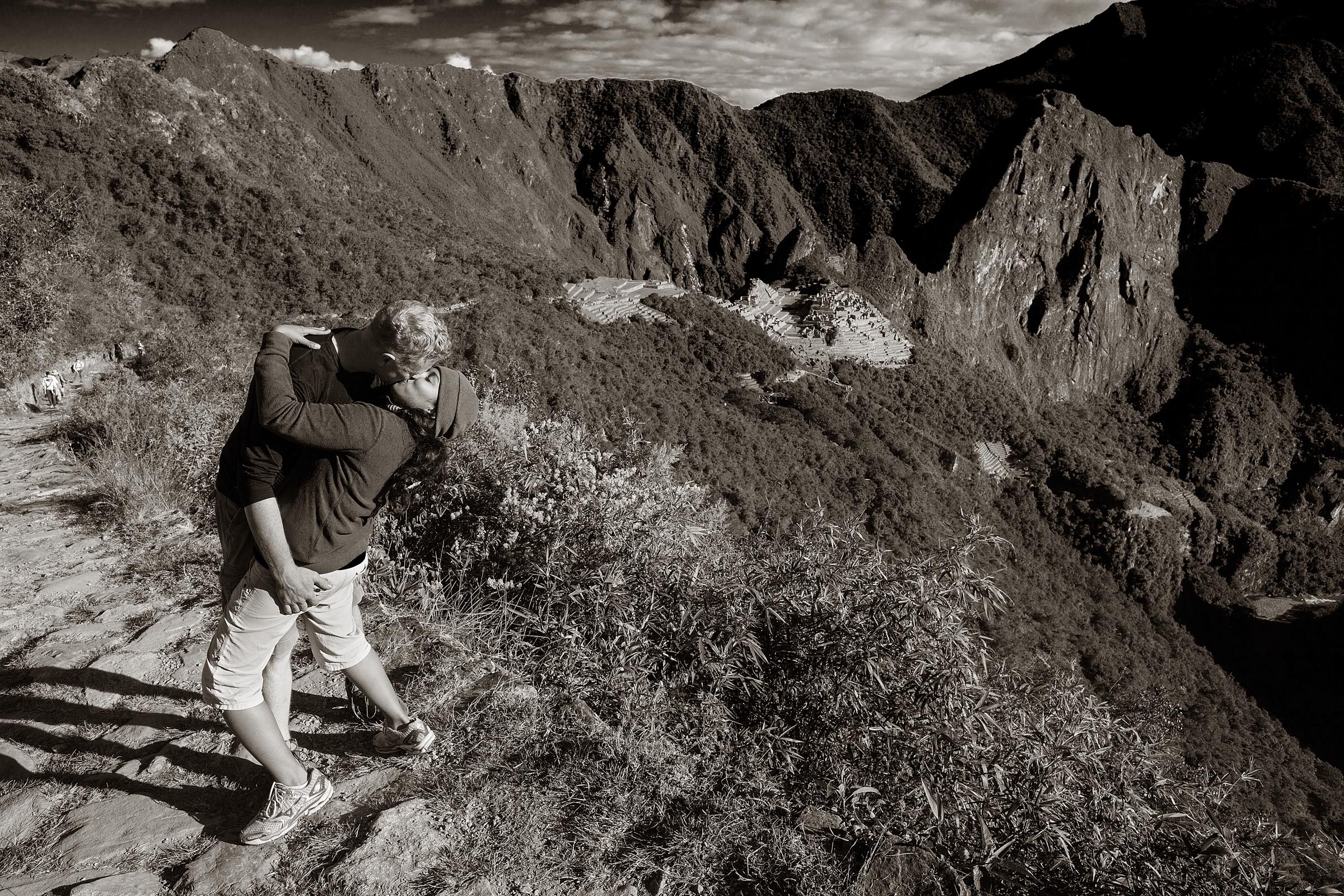
A young couple embrace in a kiss celebrating their arrival to Machu Picchu.
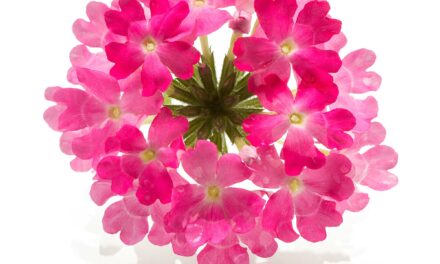
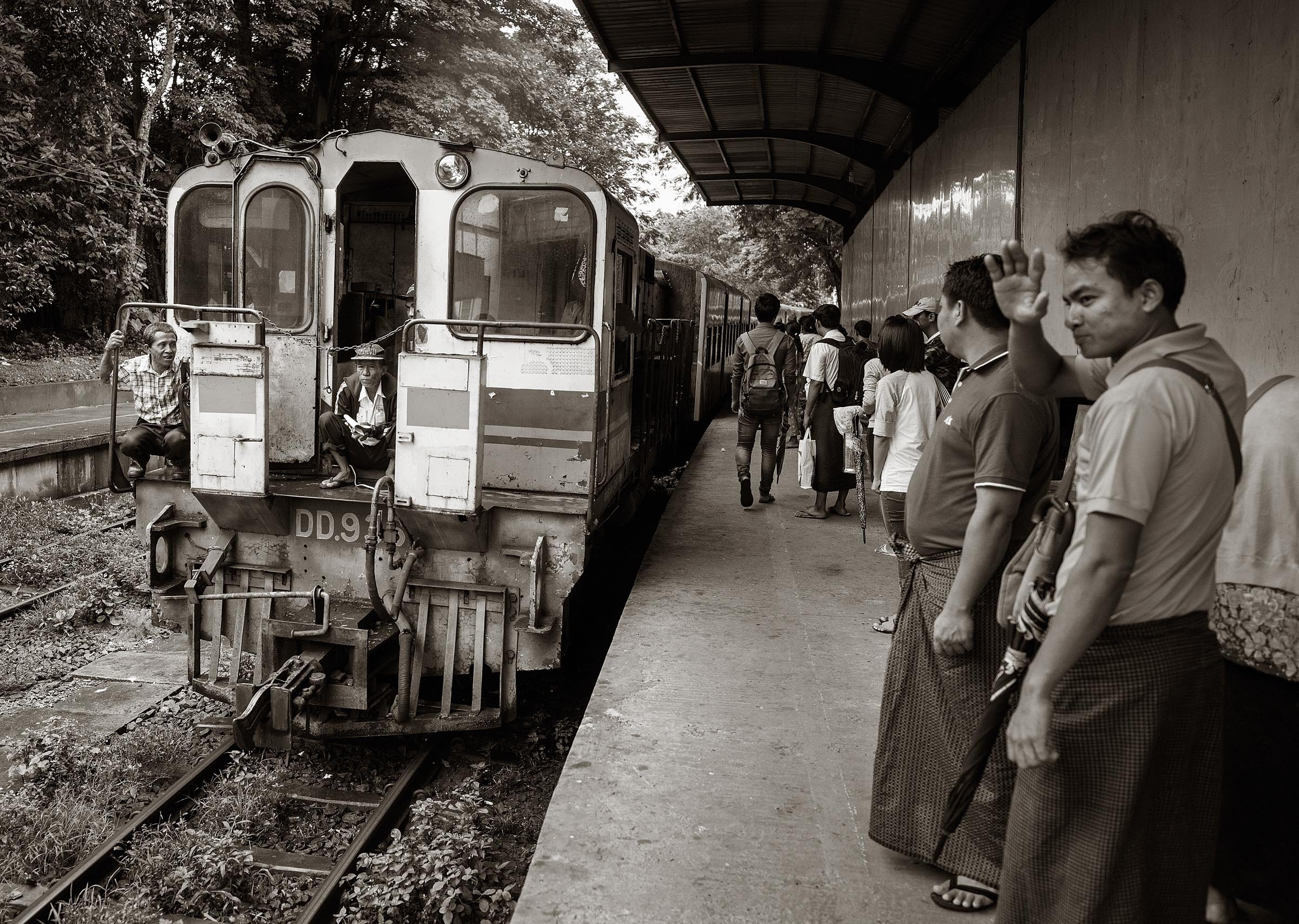
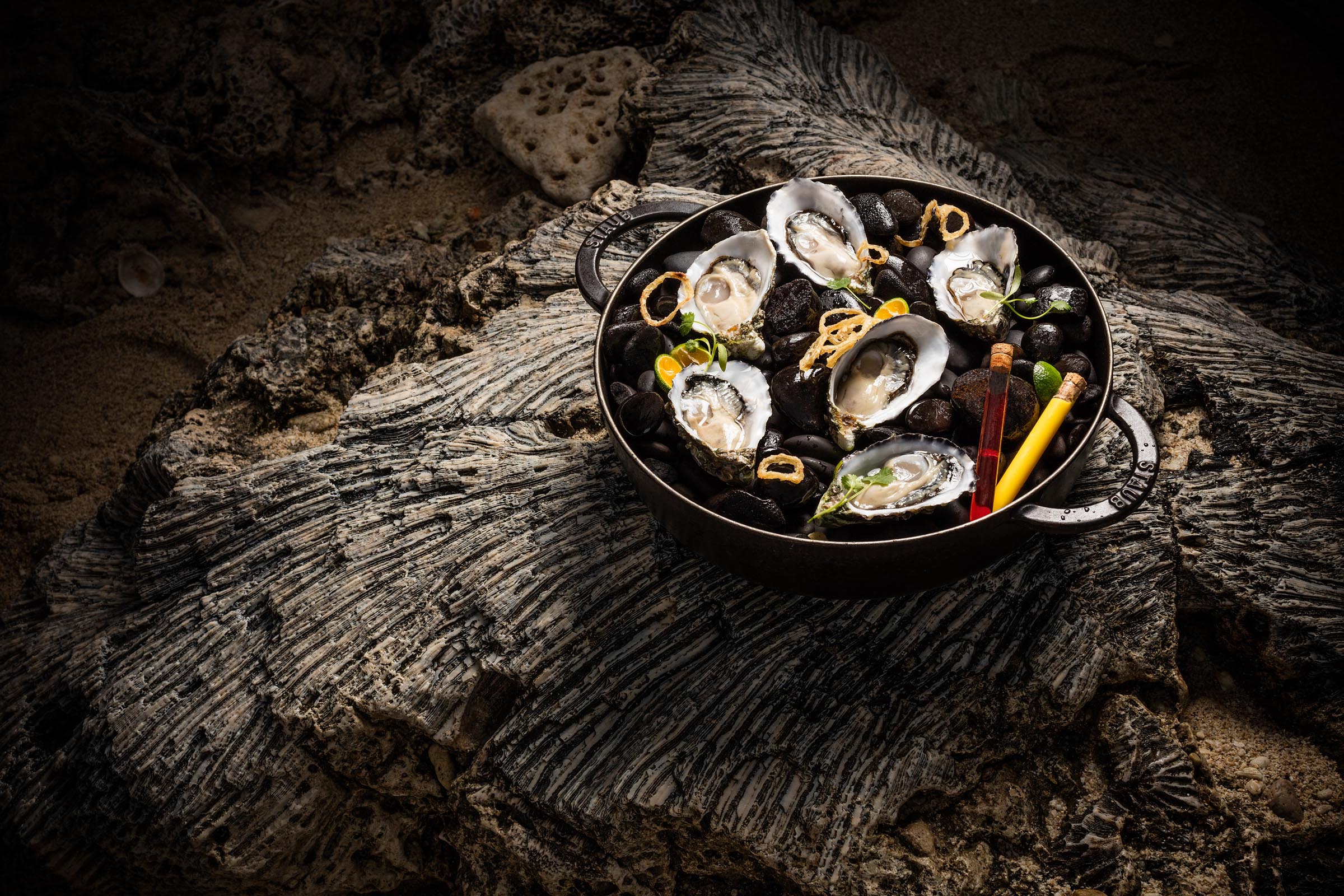
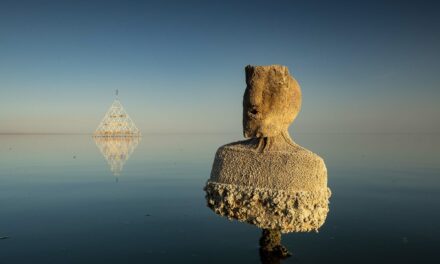
Unbelievable trip, photos and memories!, let us see more of these, love Amani
Great story and fantastic pictures David. Didn’t know you were into trekking. If so, and if you haven’t been there you should check out Sagada and the surrounding area.
thank you oh so much David for sharing this remarkable experience and for your magnificent photos. I once did a lot of trekking in Nepal and Bhutan and it brought back those memories so vividly. Peru has much magic and one is reminded stories are always in the stones.
Happiness always to you and your family
Thanks for taking the time to view my little blog. Glad to hear you enjoyed the story and the photos. As time allows I’ll try to keep this page active and up to date.